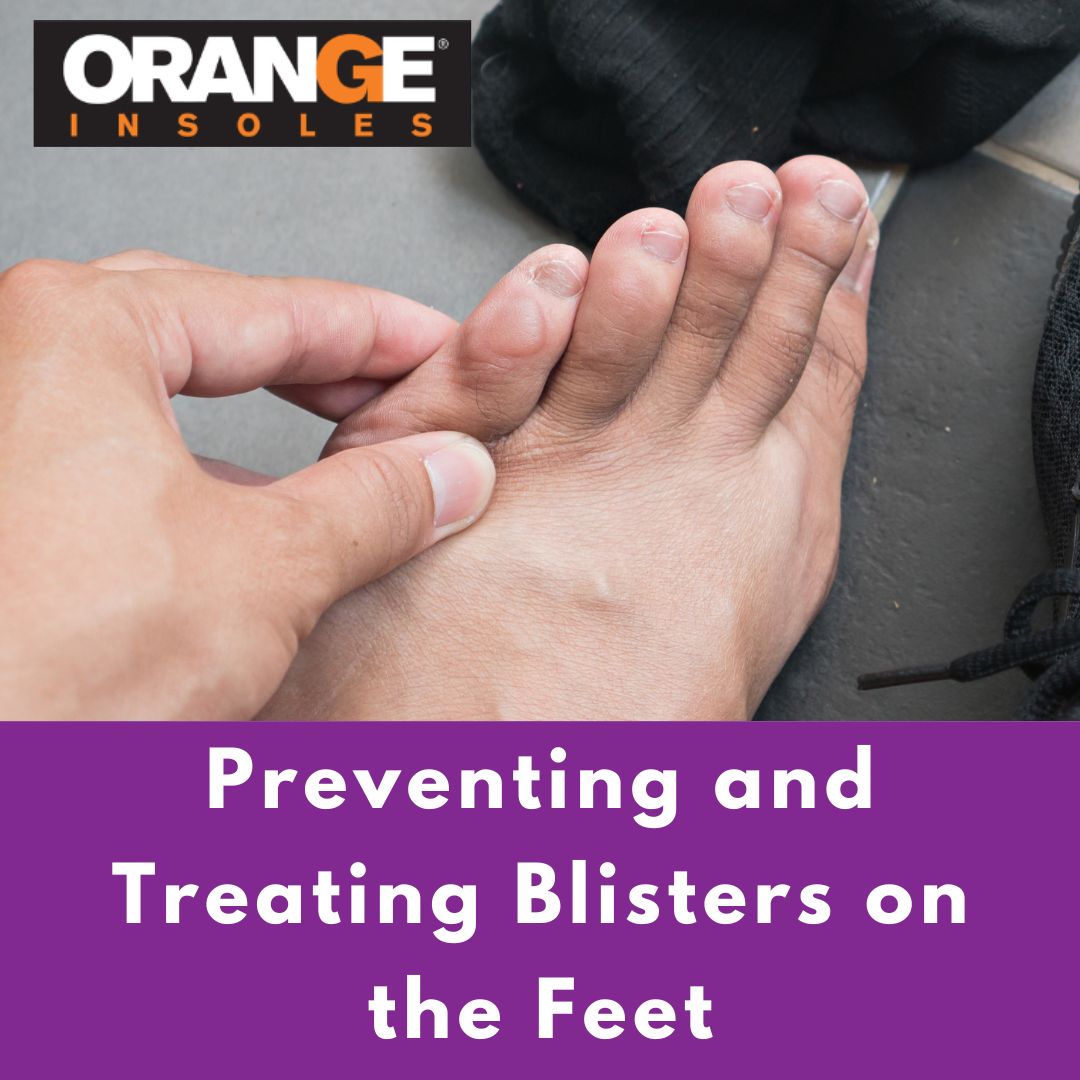As the sun blazes overhead and summer outings beckon, we often find ourselves wandering across hot and unforgiving pavements. Perhaps you’re out for a leisurely stroll, a vigorous run, or simply dashing to a nearby café. However, this seemingly innocuous activity can have significant repercussions for your feet. You may be surprised to discover that those carefree walks can lead to painful blisters—an unwanted souvenir from the sizzling asphalt. Understanding the complexities of how hot pavement affects your feet and learning preventative measures can profoundly enhance your outdoor experience.
At first glance, it may seem trivial to fret over something as minor as a blister. Yet, consider this: blisters can be insidious, transforming a pleasant outing into a painful ordeal. They form as a response to friction, heat, and inadequate moisture exit, creating a protective bubble between layers of skin. Hot pavement exacerbates this process; the elevated temperatures intensify friction, leading to an increased likelihood of foot blisters. So, what can be done to mitigate this discomfort? Let’s explore the labyrinth of blister prevention in detail.
One of the most effective strategies in avoiding blisters is selecting an appropriate footwear ensemble. Opt for shoes that provide a snug yet comfortable fit—nothing too tight or too loose. The latter can create unnecessary movement, while the former can trap heat and moisture, fostering blister formation. Breathable materials, such as mesh, can allow for better ventilation, reducing the chances of excessive sweating and the subsequent friction it creates. In addition, consider the soles of your shoes; well-cushioned soles can absorb shock and lessen the impact on your feet, making those hot pavement jaunts far more pleasant.
But it’s not just about the shoes. Let’s turn our attention to the unsung heroes of blister prevention: proper moisture management. In the warm embrace of summer, your feet are likely to sweat more than usual, increasing the likelihood of blisters. Utilizing moisture-wicking socks can be a game changer. These specialized fabrics pull moisture away from the skin, keeping your feet dry and reducing the potential for blisters. Moreover, be vigilant about changing your socks regularly, especially when they become damp. This extra level of care can significantly decrease friction against your skin.
Even with the best footwear and sock choices, blister formation can remain a concern. That’s where protective barriers come into play. Products such as blister pads, moleskin, and blister prevention sprays can provide an additional layer of defense. Moleskin, for example, is a padded, adhesive fabric that can be placed on areas prone to blisters before embarking on your journey. This simple measure can absorb friction and protect your skin, allowing you to traverse hot streets with ease.
Now let’s pivot to consider the timing of your outings. The temperatures during mid-day can ascend to scorching heights. Consider planning your walks during the morning or later in the evening when the pavement is cooler. Not only does this tactic reduce the risk of blister formation, but it also enhances the pleasure of your walk. Strolling during these hours allows for a more temperate climate, thus enabling you to fully appreciate your outdoor adventures without the pain of blisters dampening your spirits.
A lesser-discussed aspect of blister prevention is the need for conditioning your feet. Just as athletes warm up their muscles before a big event, your feet deserve attention and care. Gradually increase your exposure to hot surfaces. If you know you’ll be spending a significant amount of time walking on the pavement, consider acclimatizing your feet to longer walks gradually. This process can toughen your skin slightly and reduce the chances of blisters developing. Additionally, foot exercises, like toe curls and ankle rotations, can improve blood circulation, preparing your feet for those hot day excursions.
It is equally important to be cognizant of the surfaces you traverse. Not all pavements are created equal; some surfaces can amplify heat retention, and thus, blister creation. Smooth, non-permeable materials might radiate heat more effectively than rough-textured surfaces. When possible, choose cooler pathways, such as shaded routes or those with a little greenery nearby. These minor adjustments can lead to major comfort gains over time.
As the summer progresses, remain vigilant of your feet. At the first sign of discomfort or itching, take proactive measures. Consider monitoring your skin regularly for any blisters forming. Should any blisters emerge, address them properly. A clean, sterile environment is vital. Pop the blister with a sterilized needle and cover it with a protective bandage to prevent infection. However, let it breathe when possible, allowing your skin to heal without overexposure to moisture.
Ultimately, it’s about embracing a holistic approach to foot care during the warmer months. From foot-friendly footwear to savvy sock selections, the strategies are plentiful. Understanding the dynamics of heat, friction, and moisture doesn’t just stave off pain; it opens the door to the joys of summer adventures. So, the next time the sun shines bright and the pavement beckons, remember that your feet can enjoy the journey just as much as your heart does—if only you take the right steps to safeguard them.
